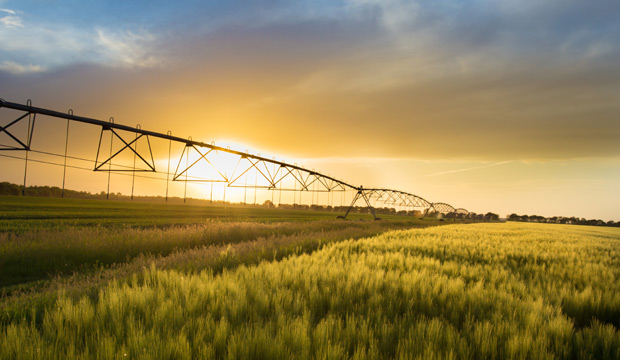Thanks to member Duncan Allison for this month’s Farming notes.
Cycles in farming – Anyone farming is only too aware of the challenging environment for farming over the last few years with income falling significantly during the last four years. Field crops and livestock products have not always been reaching break-even levels and fruit and vegetable crops are facing labor problems so that imports of both categories have increased. Yet Dr. Jason Henderson, Director of Extension, Purdue University is “.. excited for the future of agriculture… ag cycles go up and come down. On the backside, I think there’s a future for prosperity out there.” In the past four major cycles of both good and bad, such as the 1980’s when farm incomes fell from $100 billion down to $50 billion. Currently “There is a liquidity crisis, flat demand for crops and a high value for the U.S. dollar compared with other world currencies. “since interest rates are still low, many farmers are going longer term on their load repayments, with approximately 85% of their balance sheets represented by real estate. He has found that older farmers with lots of land and other assets are “looking to buy from the one without cash”. Purdue found that only 25% of smaller growers (500 acres or less) had a positive cash flow but 985 of larger growers had positive cash flows. He concludes there will be much more consolidation at the grower, retail and supplier level. A trend already very obvious in the major takeovers at the distributor and supplier levels e.g. Bayer acquiring Monsanto, potassium and DuPont merging with Dow. Eventually Henderson believes U.S agriculture will find a new “middle-of-road” cycle. After all we always will need food and the population will continue to increase. We have to be absolutely confident that our farmers and our government will find ways to survive and flourish.
USDA Forecast through 2026 – Abstract (February 2017) “Over the next several years, the agricultural sector continues to adjust to lower prices for most farm commodities. Although reduced energy prices have decreased energy-related agricultural production costs, lower crop prices result in declines in planted acreage. Lower feed costs provide economic incentives for expansion in the livestock sector. Longrun developments for global agriculture reflect steady world economic growth and continued global demand for biofuel feedstocks, factors that combine to support longer run increases in consumption, trade, and prices of agricultural products. Although a stronger valued U.S. dollar is expected to constrain growth in U.S. agricultural exports somewhat, the United States remains competitive in global agricultural markets and export values grow over the next 10 years. Net cash income and net farm income continue to fall from recent record highs before increasing over the latter part of the projection period.”
My take and belief – After all we will always need food and the population will continue to increase. We have to be absolutely confident that our farmers and our government will find ways to survive and flourish in the increasingly international market.
Forest fires exceeded $2 billion making 2017 the most expensive year on record. Fire suppression has increased from 15% of the budgets to 55% so taking funding source.
“…. Avoid the status quo.” – Away from fire prevention. “It means we can’t do the prescribed burning, harvesting or insect control to prevent leaving a fuel load in the forest for future fires to feed on. That’s wrong, and that’s no way to manage the Forest Service.” More than 27,000 supported fir fighting activities during the peak Wester fire season Approximately 2.2 million acres of National Forest system lands have burned during the 35 day peak Level 5 period. National forest and grasslands contribute more than $30 billion to the U.S. economy and support nearly 360,000 jobs.

